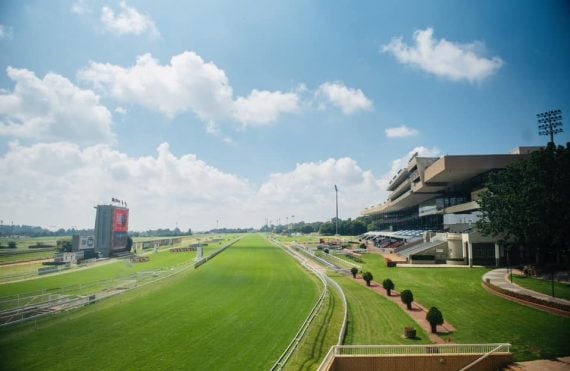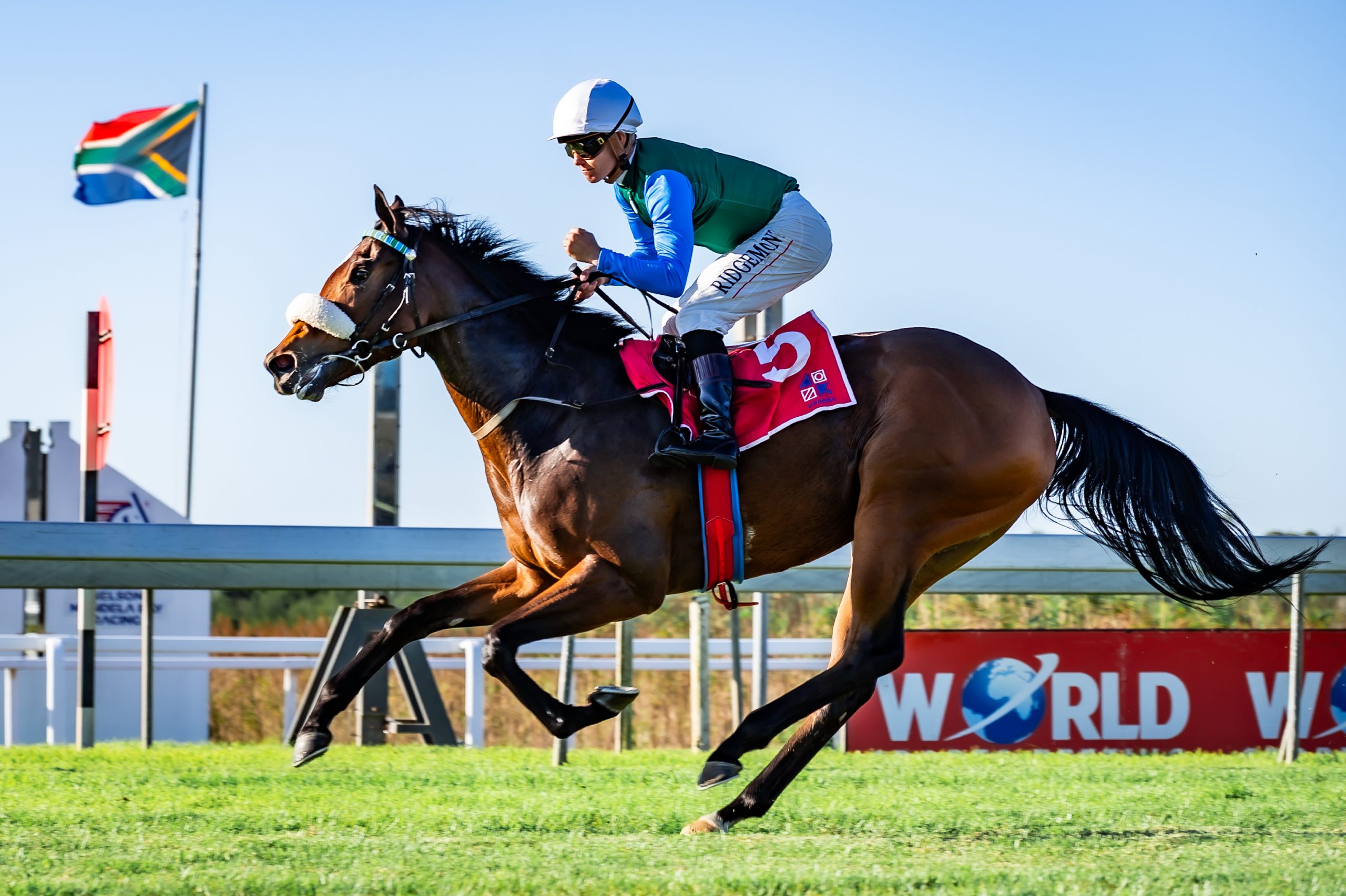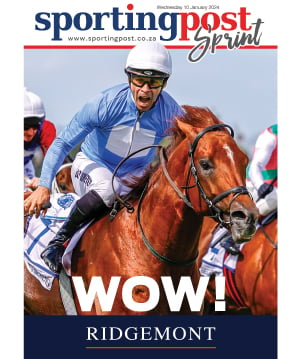We’re not the only ones lamenting the early demise of Giant’s Causeway’s best racing son of 2013, Await The Dawn.
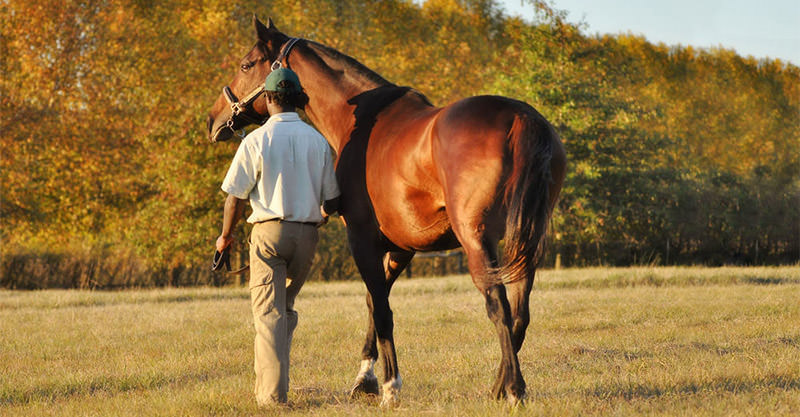 There’s an old saying about familiarity breeding contempt, and while contempt is much too strong a word in this context, pedigree guru Andrew Caulfield was right to say that in the racing game “familiarity often unravels into boredom”.
There’s an old saying about familiarity breeding contempt, and while contempt is much too strong a word in this context, pedigree guru Andrew Caulfield was right to say that in the racing game “familiarity often unravels into boredom”.Time and again we see the elder statesmen of the stallion landscape coming out second-best in the popularity stakes against their “hot” young rivals, most of whom never come close to emulating the old boys’ achievements. In this case, he had in mind the 19 year-old Giant’s Causeway.
Despite topping the Blood-Horse’s general sire’s list in 2009, 2010 and 2012, and achieving 11 straight top-seven finishes, the Ashford (Coolmore) stalwart stands at $85,000 a fee way below the $300,000 he kicked off at as a trendy nine-year-old in 2006.
His current fee of course is considerably smaller than the three hundred thousand dollars commanded by the two-time Champion sire Tapit (versus Giant’s Causeway’s three Championships) and places him well below Ashford’s own Triple Crown winner American Pharaoh.
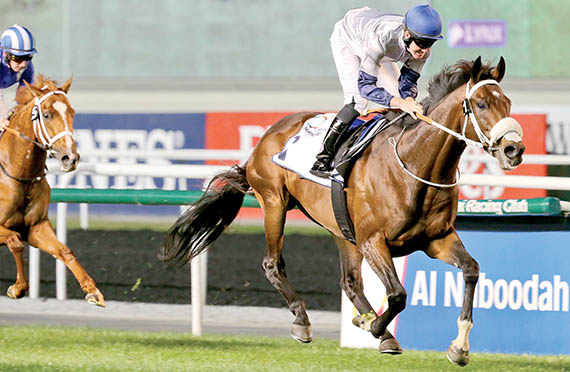
Await The Dawn
Another resident of the Coolmore offshoot, Uncle Mo, is already breathing down Giant’s Causeway’s neck at $75,000, and while siring four Kentucky Derby “possibles” in his first crop, Nyquist, Outwork, Mo Tom and Uncle Lino, he still has a long way to go before he can be counted in the same breath as Giant’s Causeway.
Yet we have our own version of the Giant’s Causeway saga, and as we all know, there are racing stories insiders like to tell.
They are the tales of being there when a great horse works for the first time and you think you’ve seen the galloping version of the Holy Grail.
Such a horse is Await The Dawn, who first caught our attention with a crushing demolition of a Group class field on only his second visit to the races.
They’ve obviously witnessed some big performances at the world’s most powerful racing stable, but nobody at Ballydoyle was ready for what occurred within seconds of the runners being dispatched over the same stretch of green that launched Nijinsky forty years before.
His next outing at Chester resembled an Irish reprisal for the troubles they’d suffered at the hands of the English some centuries ago. When his jockey encouraged him to take the race by the scruff of the neck, it was the invitation Await The Dawn had spent his young life waiting for.
Buoyed no doubt by a shared penchant for revenge, a beret-clad Frenchman at the rail screamed “Incroyable”, an uncanny echo of General Pierre Bosquet’s words after watching the doomed Charge of the Light Brigade in the Crimean War “C’est magnifique, but it is not war. It is madness.”
And so to Ascot. The “Royal” version, that is. The best sporting idea the English ever had.
Older than all the football clubs in Europe, older than Ashes cricket, older for that matter, than the nation of South Africa. With a history as old as Summerhill itself, you should know, if you’re up for the Hardwicke Stakes, you’re stepping into big shoes. Rock Sand, Sceptre, Ormonde, Jeune and Doyen.
Just the year before, the hero was Harbinger, the world’s highest-rated racehorse, bar none.

Await The Dawn
As you’d expect, the field was lousy with class: four Group One winners and some of the finest blood money could buy. He and Ryan Moore were tenth of the sixteen parading before Her Majesty and her 60,000 subjects in the stands.
In a matter of minutes, Await The Dawn had rearranged the order completely. Brutally, clinically. The Queen had arrived in her horse-drawn carriage, and it was clear to the noble assembly that he’d still have won if he’d been pulling it.
By now, he was considered the best horse at Ballydoyle. The world’s greatest rating agency spoke of a Group One winner in waiting.
Horses like this are ordinarily way beyond the reach of South African stud men.
Yet it is one of the savage truths of life that when things appear to be too good to be true, they almost certainly are.
All seemed well in the world. It only took one race and a life-threatening illness to change it.
That Await The Dawn had the chance to stand at Summerhill, albeit briefly, is a salute to a three decade relationship and the value of discretion.
In our negotiations with Coolmore, he assumed the codename “Before The Sunrise”, as much a signal to local horsemen to get in before he gets away, as it was an expression of our cultural differences. South Africans love nicknames, Europeans prefer surnames, but when we speak of “Sunshine”, we’re talking about the same guy.
The discerning will know that the first progeny of the world class Await The Dawn, by far his father’s best product of the 2013 season, make their debuts today at the CTS Emperors Palace sale in Johannesburg, followed up with a healthy representation at the TBA’s National Yearling sale 10 days later.
They are grand, Classic types, very much in the mould of their father, with the most fluid athletic walks imaginable.







